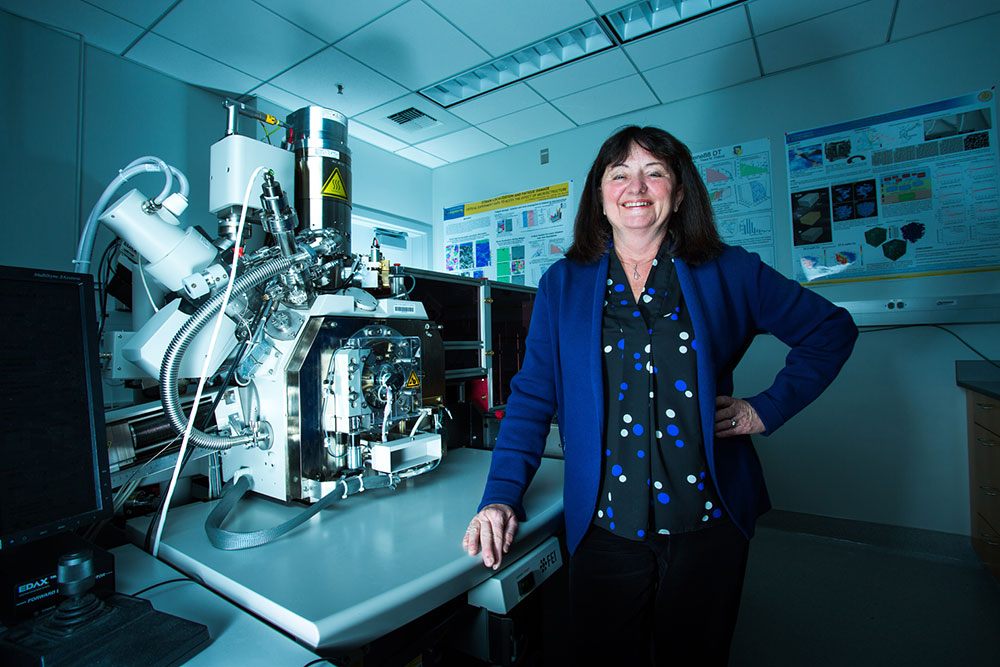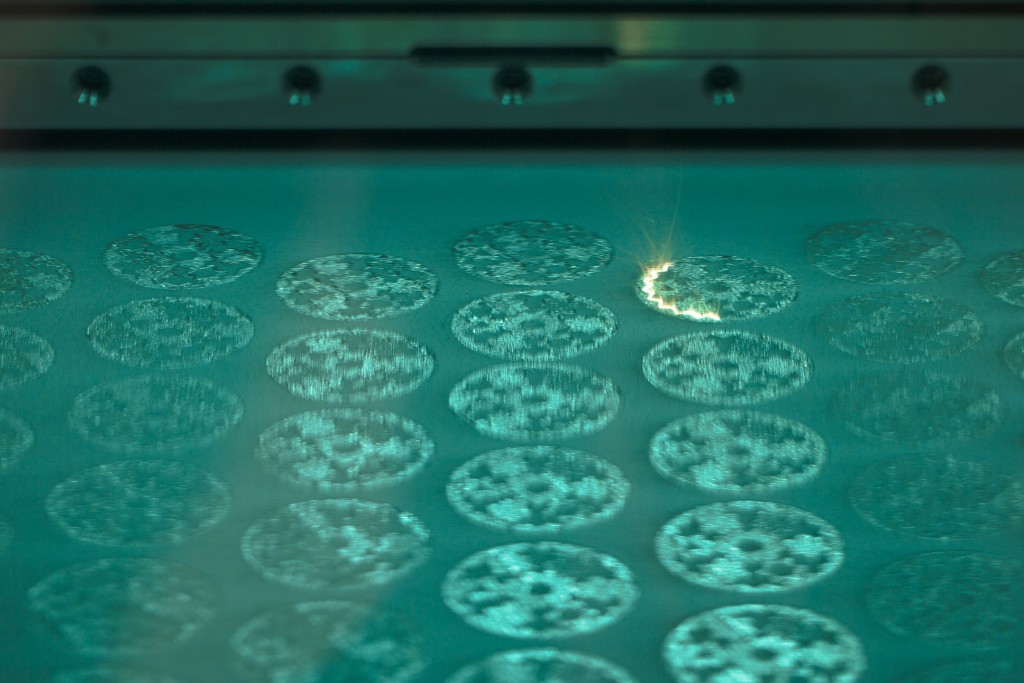University of California, Santa Barbara researcher Tresa Pollock has been granted $3 million by the US Department of Defense (DoD) to carry out research into 3D printing materials.
The funding was awarded to Pollock as one of the 13 Vannevar Bush Faculty Fellowships awardees for 2017. The funding is to support Pollock’s research for the next five years as she develops a platform for testing new 3D printed materials. The materials will be tested in high pressure, high temperature environments that can be likened to a Space Shuttle reentering Earth’s atmosphere.
In the announcement released by UC Santa Barbara, the ceramic tiles on the outer surface of the Space Shuttle were used as an example of the material’s ability to protect the aircraft in extreme conditions. While ceramic is an attractive material for its extreme heat resistance, the material has proved fairly difficult to 3D print. However, there are several companies developing processes for ceramic 3D printing such as Nano Dimension, French company 3DCeram and Israeli company XJet.

“High risk, high pay-off”
Announcing the 13 awardees of the 2017 Vannevar Bush Faculty fellowship, Mary J. Miller, acting assistant secretary of defense for research and engineering explains the selection process,
The fellowship program provides research awards to top-tier researchers from U.S. universities to conduct revolutionary “high risk, high pay-off” research of strategic importance to the Department of Defense,
Tresa Pollock, as a materials scientist, has spent many research projects evaluating the use of high performance materials such as nickel-based alloys. Pollock formerly worked at GE Aircraft Engines on the development of superalloys for gas turbine engines and recent research has emphasis on aerospace, automotive and energy applications. Pollock explains “printing advanced materials into complex architectures on demand poses many technical challenges, and this fellowship will enable us to tackle what are currently limiting materials-science issues.”
The US DoD previously invested $1.5 million into a research consortium with the aim of approving and certifying 3D printed metal parts.

Understanding metal 3D printing
During the five year project, Pollock intends to develop a better understanding of the electron and laser beam melting approaches of 3D printing. This includes an understanding of what exactly occurs at the melting, blending and vaporizing processes.
According to Professor Pollock “the grand challenges for making materials in this fashion are twofold and three-dimensional.”
We need to design material compositions in which defects will not form during melting and cooling within the cubic-millimeter pool, and we need 3-D tools to examine the structure of that millimeter-scale volume of material at the nanometer scale to ensure that the structure is sound. The Vannevar Bush fellowship will enable us to focus on these two aspects of the printing problem.
For all the latest 3D printing research news, subscribe to our newsletter, follow us on twitter and like us on Facebook.
Featured image shows the Space Shuttle Discovery approaching ISS with noticeable ceramic tiles. Photo via NASA.


